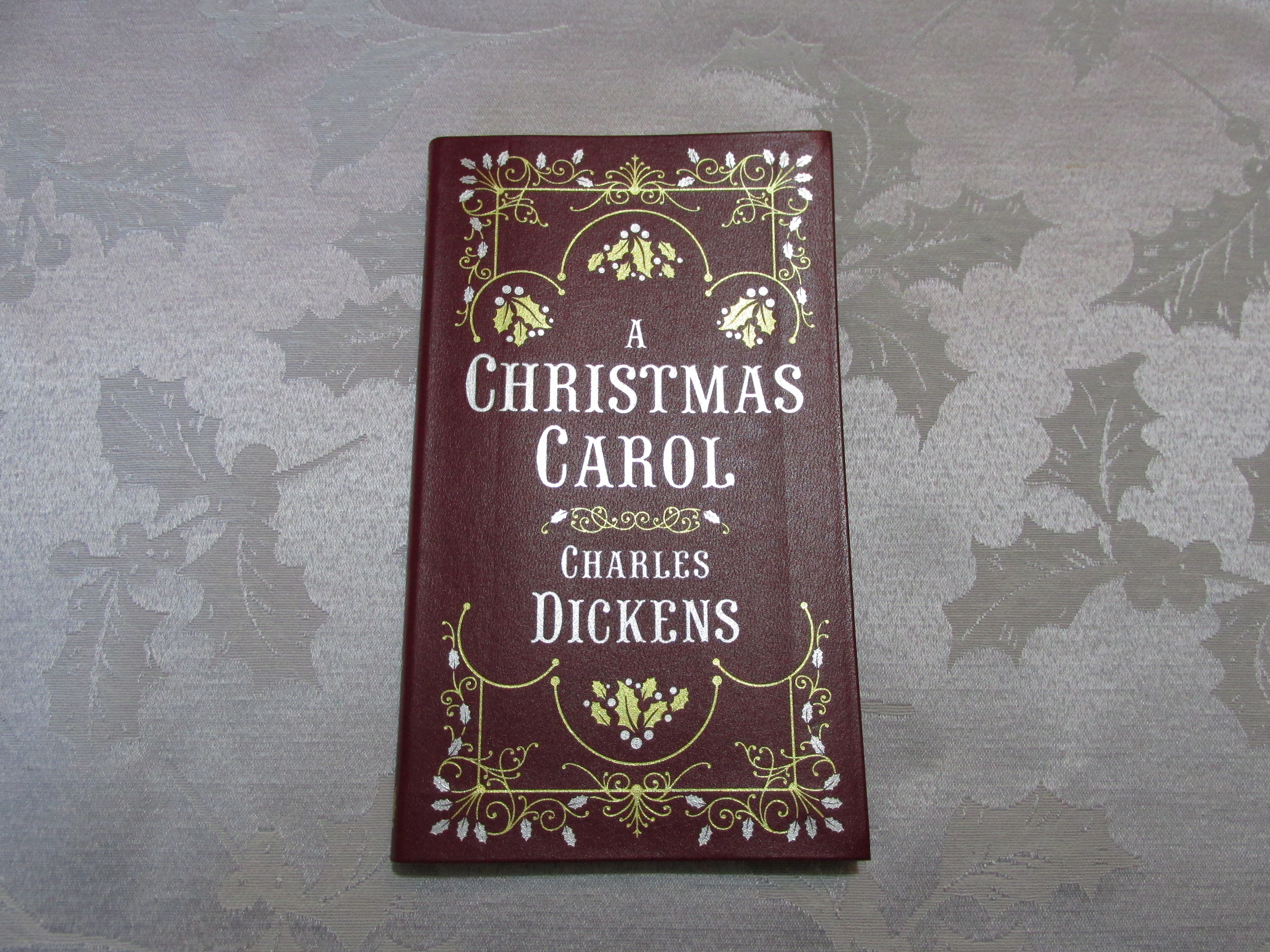
History in the Making
Some Interesting Facts and a Statue of Classic Author, Charles Dickens
Did you know Charles Dickens’ full name was Charles John Huffam Dickens? I didn’t, and Dickens is one of…
December 20, 2022
Did you know Charles Dickens’ full name was Charles John Huffam Dickens? I didn’t, and Dickens is one of…
December 20, 2022
Did you know Charles Dickens’ full name was Charles John Huffam Dickens? I didn’t, and Dickens is one of…
September 20, 2022
Elaine Marie Cooper As I dropped off several of my novels at the bookstore before Christmas, I noticed a…
December 23, 2016
With Christmas just around the corner, I decided to read Charles Dickens’ famous novel, A Christmas Carol, and discovered…
December 12, 2015